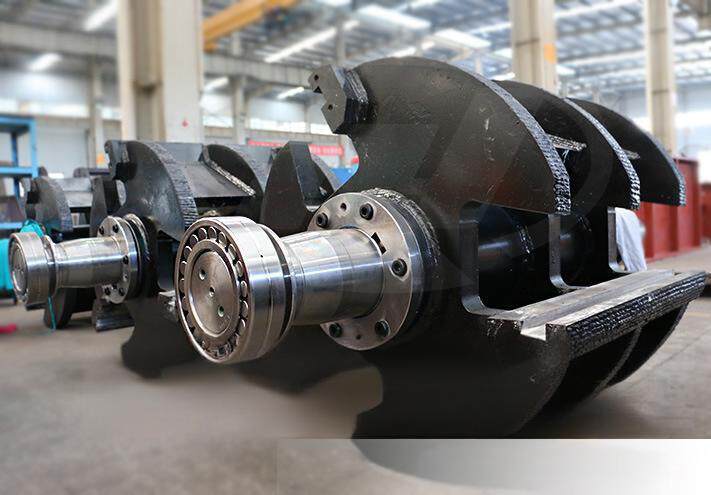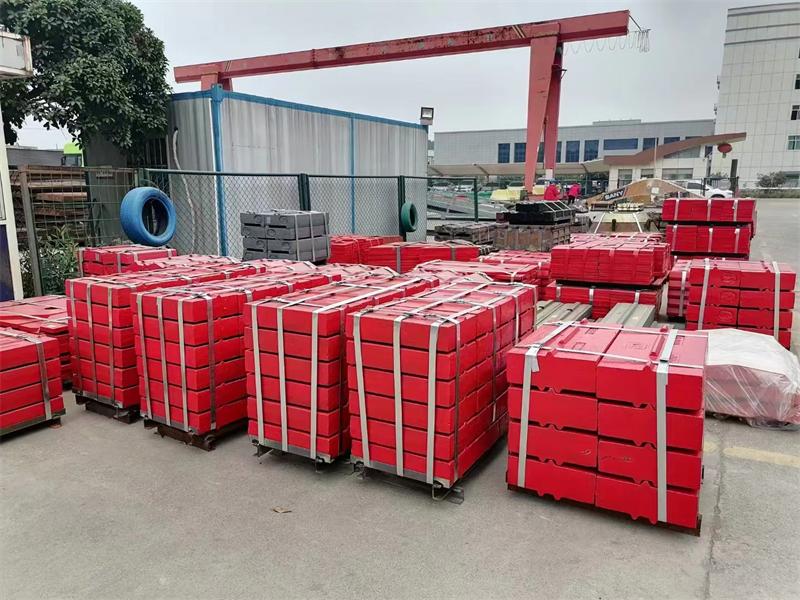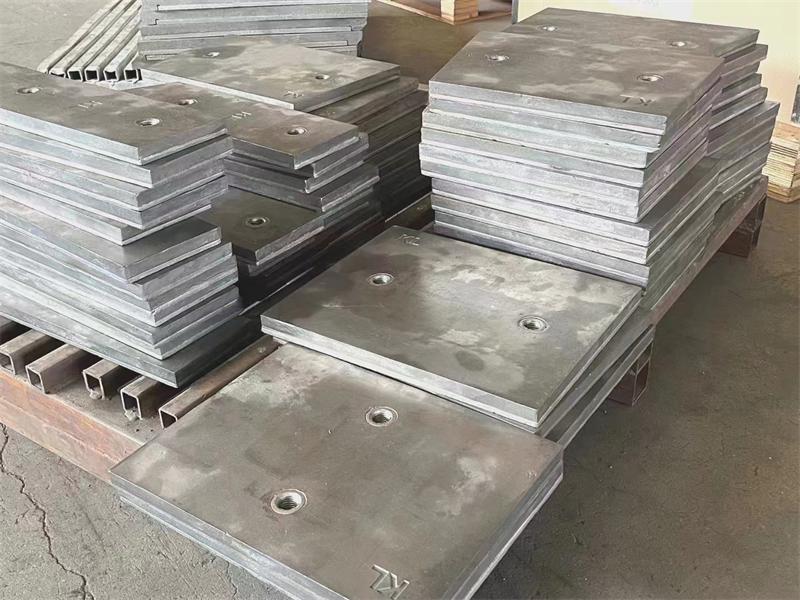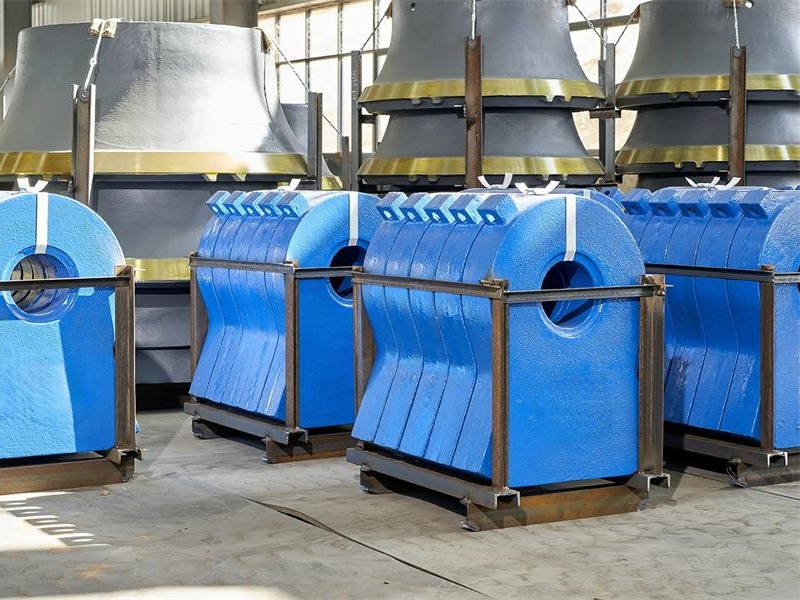The rotor plays a critical role in the operation of an impact crusher. As one of the core components, it directly influences crushing efficiency, production capacity, and final product shape. The rotor’s design, material quality, and maintenance standards determine the upper performance limits of the entire machine.

An impact crusher operates by using a high-speed rotating rotor to propel hammers or blow bars, which strike incoming materials inside the crushing chamber. Through repeated impacts, the materials are broken down into smaller sizes. The rotor must endure high-impact loads and constant friction, making it essential to use high-strength manganese steel, alloy steel, or composite materials to enhance wear resistance and impact durability.
Depending on the application and crusher model, rotors come in various configurations. Open-type rotors are typically used for coarse crushing scenarios with high throughput requirements, while closed-type rotors are ideal for fine crushing and improved shape control. Modular rotor designs simplify replacement and maintenance, significantly improving operational uptime.
Rotor balancing is another crucial design aspect. Any imbalance or improper assembly can result in intense vibrations, reducing crushing efficiency and accelerating wear on surrounding components. Therefore, dynamic balancing tests are performed during manufacturing to ensure smooth rotation.
Routine maintenance is essential in real-world applications. Regular checks on blow bar wear, timely replacement of worn areas, and secure fastening between bars and the rotor body are all necessary. It is also vital to monitor bearing temperature and lubrication levels to avoid rotor jamming or damage due to inadequate lubrication.
In applications such as construction waste recycling, cement clinker processing, mineral fine crushing, and recycled aggregate production, high-quality rotors with superior reliability boost overall crusher efficiency and extend service life. This helps businesses achieve cost-effective and high-yield production goals.




